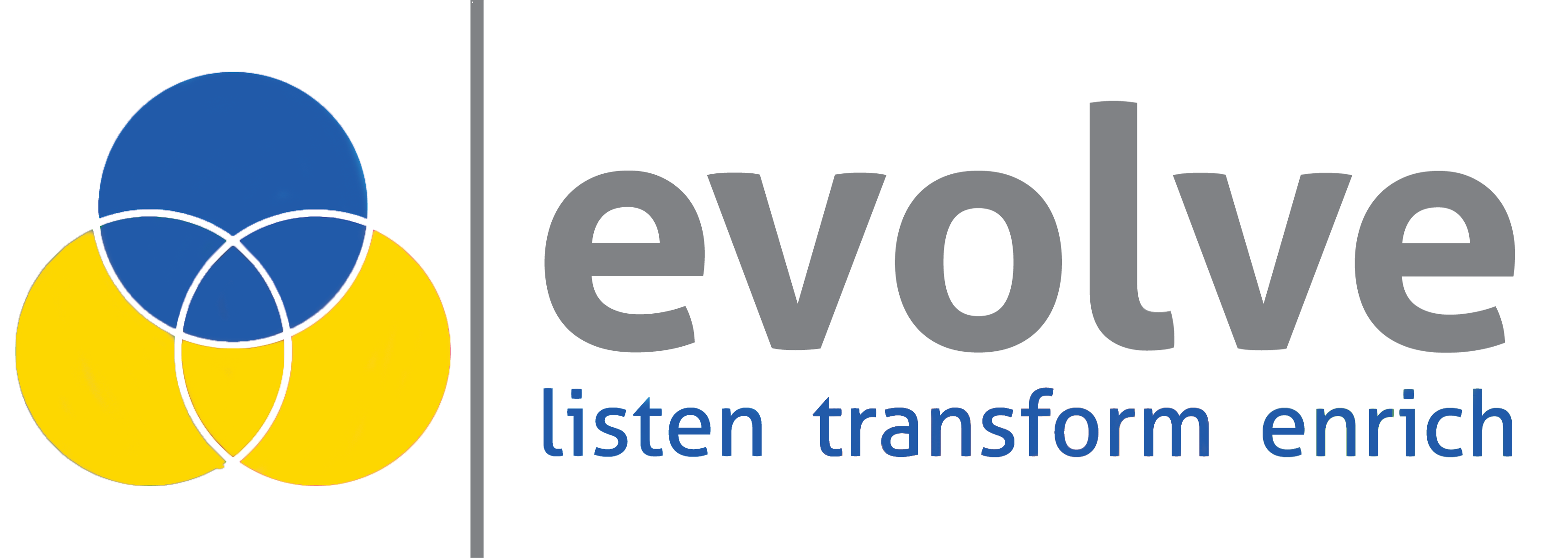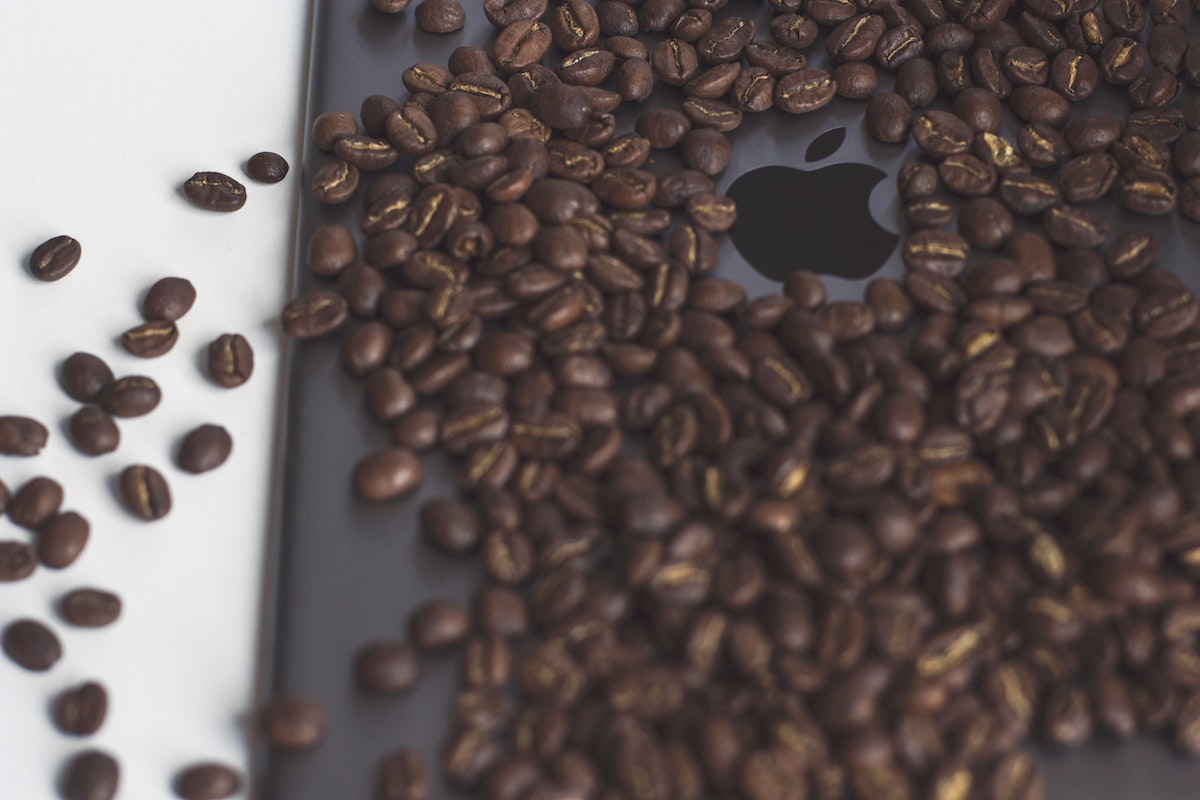What does the future have in store for the food industry? We’ve analysed the findings of the latest research pertaining to FoodTech and its evolution at post-coronavirus times, and have put together an animated presentation below to highlight the key trends as far as food technologies are concerned.
In a nutshell, we’ve identified the eight trends that will shape the FoodTech industry during 2020 and beyond. Here they are:
1. Lab-grown meat
In 2019, Future Meat Technologies, a FoodTech startup making lab-grown artificial meat by using stem cells from animal fat or muscles, raised $14 million in its series A funding round. The company is planning to market hybrid products that use lab-grown protein by 2021.
“Plant-based meat substitutes will continue to gain acceptability and extend beyond burgers and beef products to fish and pork. The challenge for the sector is how to scale-up its infrastructure to satisfy demand,” E&Y
2. 3D food printing
The global 3D food printing market is projected to grow at a CAGR of 20.21% between 2020 to 2025.
3. Food robotics
The global food robotics market will grow at a CAGR of 12.7% from 2020 to 2025 to reach $3,107.4 million by 2025.
4. Personalised nutrition
“Data collected through DNA testing and personalising diets is going to have a significant financial impact for food manufacturers as it opens up whole new marketing and revenue opportunities,” says Tarryn Gorre, co-founder of Kafoodle.
5. Food waste elimination
About a third of all food produced globally — more than a billion tons — goes to waste! Last year, in the UK alone, £13 billionworth of food was thrown away rather than eaten. The estimated amount of household food waste in the UK is 7.3 milliontonnes. As a result of using technology for food waste elimination, 60% of wasted food could have been eaten in the UK, which could help eliminate 19 million tonnes of greenhouse gas emissions as a direct result of food waste.
6. IoT
In FoodTech, IoT use cases typically cover the following activities:
- On the farm – sensors are used to monitor weather conditions, the moisture level of soil, crop maturity, and even the presence of insects or fungus. IoT is essential for smart farming evolution and helps take the guesswork out of managing processes and making a science out of maximizing the crop yield per acre.
- On equipment – drones are being added to the list of tech solutions that can be used by tech-savvy farms to remotely inspect and monitor field and crops.
- For livestock management – from automating feeding cycles to controlling the diet of the livestock as needed.
7. Food safety
Big data and automation are used to monitor and maintain health safety standards.
8. Tech-driven delivery (drone delivery)
Since 2012, more than $300 million has been invested in drone delivery technologies. As a result of it, drone deliveries are expected to increase retail sales by 22% by 2030.
Feeding the FutureAre you looking to take your food business to the next level by going digital, automating your processes and transactions, adding AR and VR/XR or building an IoT FoodTech solution that will disrupt the industry? Leverage our 10+ years' experience of building and delivering state-of-the-art bespoke solutions to businesses like yours!

